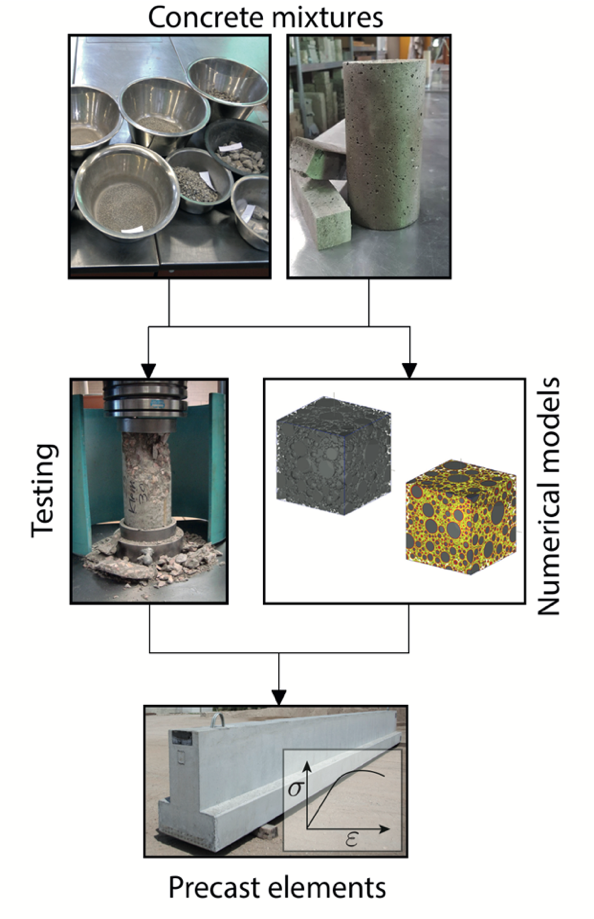Figure 1: illustration of the new mixture design approach
New concrete mixtures made of a total substitution of recycled aggregates
Properties of the aggregates made from crushed drainage-pipes
The recycled material used in this study is supplied from Contern S.A. and originated from the crushing of their drainage pipes. The characterization of the physical and mechanical properties of aggregates has been performed, e.g., bulk density, sieve analysis for determining particle size distribution, specific gravity, absorption, etc.
Concrete mixture
Starting from a standard concrete based on the regular production line of Concern S.A., we proposed a full substitution of RA in several mixes, such as:
- Mix1: High-strength concrete, by using the aggregates with the maximum size of 8 mm
- Mix2: For “open structures”, by using the aggregates with the Sieve size from 4 to 8 mm
Several tests have been performed on the specimens made of new concrete mixtures, displaying mechanical properties which are comparable to those of classical concrete, which is promising for the future application of the developed concretes.
Mechanical performance of recycled concrete
Early age behavior of recycled concrete
Recycled concrete is well known to be sensitive to early-age cracking due to the increase in the shrinkage, which is proportional to the amount of RA used as a replacement for the natural aggregate. In order to gain in-depth insights into these phenomena, we have developed several computational models within the phase field framework, which we will later validate with experimental results [1,2,3].
Fracture behavior of recycled concrete
A robust computational model in the framework of the variational approach to fracture mechanics has been developed to study the damage and fracture of recycled concrete. The proposed approach allows us to accurately predict the complex cracking problem at different scales, ranging from microscopic to macroscopic scales. The important factors controlling the fracture resistance will be deduced, and being used in the mixture design [4].
Durability characteristics of recycled concrete
Understanding how the durability characteristics of recycled concretes is affected by environmental impacts, such as carbonation, abrasion, or freeze-thaw cycles, is an essential task in the optimization of the mix design. In this study, we have proposed a new multi-physics model, able to predict the mechanical performance of the recycled concrete when exposed to different environmental effects, e.g., stress corrosion cracking.
[1] T.T. Nguyen, M. Weiller, D. Waldmann, Experimental and numerical analysis of early age behavior in non-reinforced, Submitted 2018.
[2] T.T. Nguyen, D. Waldmann, T.Q. Bui, Phase field simulation of early-age fracture in cement-based materials, Submitted 2018.
[3] T.T. Nguyen, D. Waldmann, T.Q. Bui, Computational chemo-thermo-mechanical coupling phase-field model for complex fracture induced by early-age shrinkage and hydration heat in cement-based materials, Submitted 2018.
[4] T.T. Nguyen, D. Waldmann, T.Q. Bui, Role of interfacial transition zone in phase field fracture of layered heterogeneous structures, Submitted 2017

